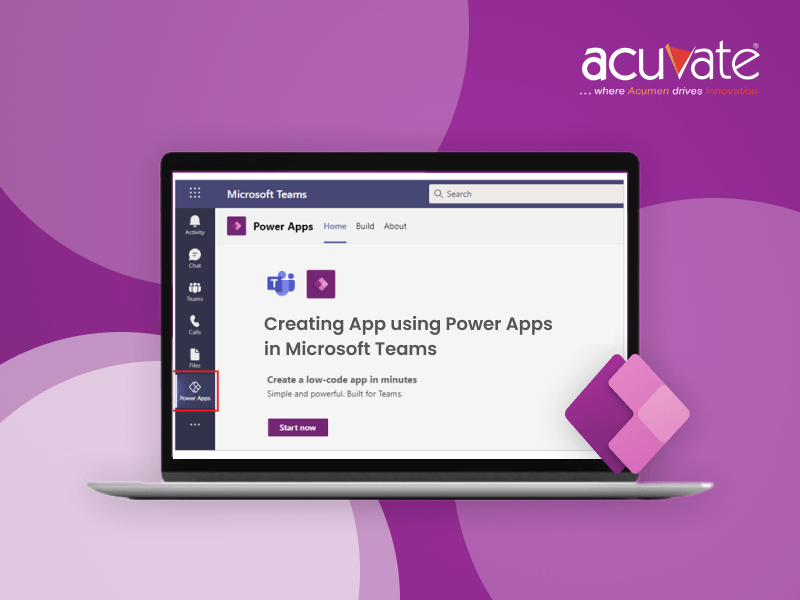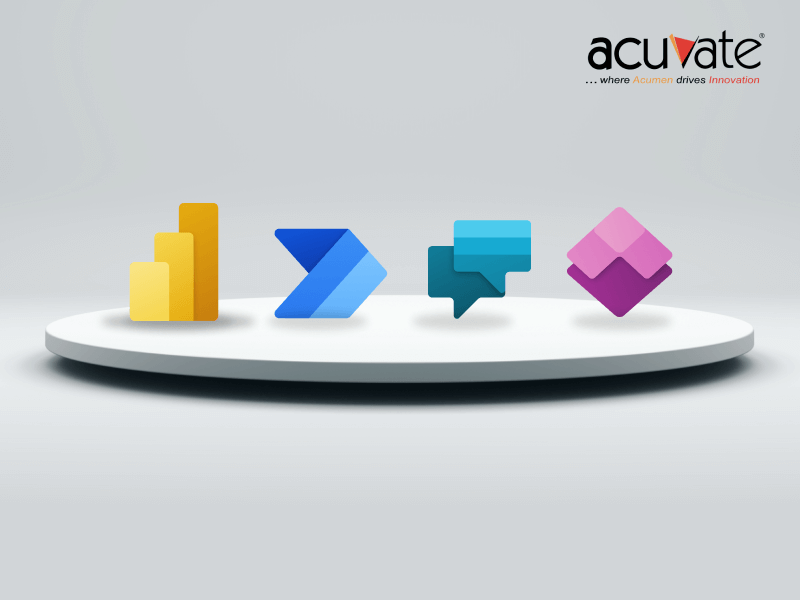Meet Nathan and Jennifer who recently joined as Marketing Managers in companies ABC Corp. and XYZ Corp. respectively. While Nathan was provided with a traditional intranet, Jennifer has access to a modern autonomous intranet powered by AI – just like Acuvate’s Mesh 3.0. In this article, we’ll explore both their work lives, different interactions with their intranets and how they get their work done.

1. Finding information
Since Nathan and Jennifer are new hires, they need to go through a wide range of documents related to onboarding, company’s news & policies, marketing activities etc.
Nathan: Nathan logs in to the intranet only to find humongous amounts of outdated information which he doesn’t need. The intranet search feature shows irrelevant results and doesn’t help either. Nathan is accustomed to using powerful platforms like Google and Netflix to access content in his personal life.
And the lack of such level of personalization in the intranet frustrates him. He is now forced to ask around his colleagues, connect with different departments and search different apps individually to get the needed documents. Nathan’s first day at work goes by in just finding information.
And this won’t be limited to just the first day – from now on, whenever he needs a document, he needs to undergo the same tedious process and waste several hours searching for it. He already wonders if he made the right decision by joining ABC Corp.
Jennifer: Unlike Nathan, Jennifer is presented with an autonomous intranet which leverages AI to personalize content. Based on Jennifer’s profile, preferences, and location, the intranet suggests the right documents, articles and reports that are relevant to her. When Jennifer tries to search for some information, she gets highly relevant results – not just from the intranet but across all the third-party apps in her organization. The cognitive search feature in the intranet enables a Google-like search experience.
Jennifer completes all the onboarding pre-requisites in a matter of minutes and is ready to get started with her work.
Learn More:
2. Collaboration and Communication
Nathan and Jennifer want to launch a new type of marketing campaign. They want to connect with the right people in the organization who did such initiatives before and gather their insights.
Nathan: Since his company’s intranet offers little to no collaboration and communication capabilities, Nathan has to send emails to different people, make phone calls and take notes manually. He also finds that the intranet provides no easy way to publish or share content.
Jennifer: Based on Jennifer’s preferences and desired job roles, the autonomous intranet recommends the right Subject Matter Experts (SMEs) who can guide her in launching the campaign. She can also collaborate with document-sharing options and social features like polls, comments, blogs, wikis etc. to get deeper insights.
3. Accessibility
Nathan and Jennifer are now on a business trip and travelling. They need information on the go and have to stay updated with the company’s latest updates.
Nathan: Nathan’s intranet offers limited mobile access. It is usually accessible only via a VPN and in a browser only version. Hence the navigation and interaction with fingers becomes frustrating for him and he can’t access the required documents seamlessly and quickly. He has to wait until he can open his laptop or desktop again.
Jennifer: Jennifer’s intranet comes with a mobile app and chatbot. It’s design is also extremely responsive. She can stay connected with her co-workers and access information on the go and from any device. By using the chatbot, she can fetch the required documents by having a natural language conversation. The intranet chatbot also pushes personalized alerts and updates to keep Jennifer updated.
Learn More:
Now that we’ve seen how an autonomous intranet helps end users like Jennifer to effectively collaborate, communicate, search and share information, let’s see how it makes life easier for employees on the other side of the digital workplace – intranet managers.
Meet Mark and Amanda – intranet managers at the same ABC Corp. and XYZ Corp respectively.
1. Knowledge Management
Mark: Since ABC Corp. uses a traditional intranet, Knowledge Management (KM) is a massive challenge for Mark. He has to set up a robust KM system to ensure information is easily accessible via the intranet search and there is no dark data. However this involves a highly manual approach – he has to deploy numerous employees to generate metadata, tag documents and recommend taxonomy. This approach is not only expensive and time consuming but also error-prone and risky.
Amanda: For Amanda, KM is a breeze. Her autonomous intranet uses Applied AI to automate metadata generation, data tagging and recommend taxonomies. The intranet’s search is more powerful than ever. This not only makes her more productive but also gives her peace of mind.
Learn More: Leverage AI To Improve Information Discovery In Your Enterprise
2. Measuring Engagement
Mark: Due to the lack of a powerful analytics tool, Mark can’t measure the engagement and effectiveness of the intranet. This leads to decreased intranet performance, adoption and ROI.
Amanda: On the other hand, Amanda’s intranet comes with an intelligent analytics tool which tracks key metrics like usage, page views, average time spent and the overall engagement across functions. This helps her in monitoring intranet performance and taking corrective actions to increase engagement and adoption.
Learn More: Metrics To Consider When Measuring The Effectiveness Of An Intranet
Explore How An Autonomous Intranet Can Help
While these are only a few popular work-life scenarios in which an autonomous intranet can help Jennifer and Amanda, the fact is that several other ways a modern can simplify work for both end users and intranet managers. A modern intranet is becoming the core of a digital workplace and paving the way for the new work nucleus. From cognitive search, automated metadata management to intelligent analytics, modern intranets are equipped with a host of features.
If you’d like to learn more about this topic, please feel free to get in touch with one of our AI and digital workplace consultants for a personalized consultation.
Mesh 3.0 - The World’s AI-Powered Autonomous Intranet
Acuvate’s Mesh 3.0 is The World’s First Autonomous Intranet Built on Office 365. It brings the best of Microsoft AI and SharePoint technologies to empower the digital workplace. It is built around SharePoint, Office Graph, Azure Cognitive Search and Cognitive Services, Teams, Power Apps and Power Automate, and features Azure machine learning, text analytics and speech services.



